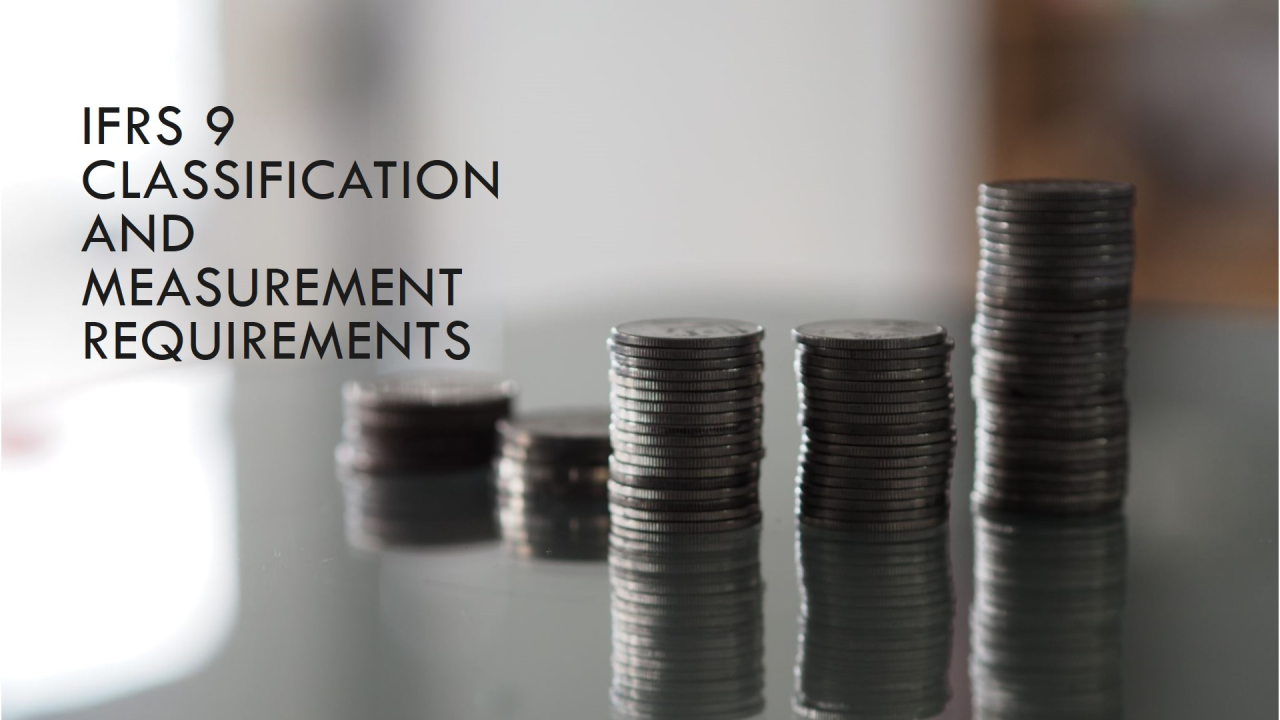Environmental, social, and governance (ESG) considerations are becoming increasingly important for businesses. As a result, companies are issuing more financial instruments with ESG-linked features. These features can link the financial performance of the instrument to the achievement of sustainability goals.
The International Financial Reporting Standard (IFRS 9) is a set of accounting standards that deals with the classification, measurement, impairment, and derecognition of financial instruments. In 2021, the IFRS Foundation amended IFRS 9 to provide guidance on how to classify financial assets with ESG-linked features. These amendments will be effective from 1 January 2026.
The amendments aim to clarify how ESG-linked features can impact the classification and measurement of financial assets. They also require companies to provide additional disclosures about financial instruments with certain contingent features.
Impact of ESG-Linked Features on Classification
The classification of a financial asset under IFRS 9 depends on its contractual cash flow characteristics. Assets are classified as either debt instruments, equity instruments, or held for trading.
ESG-linked features can introduce complexity into the classification of financial assets. For example, a loan that has an interest rate that is linked to the borrower’s achievement of sustainability targets may not be classified as a debt instrument if the interest rate is too variable.
The amendments to IFRS 9 provide a framework for classifying financial assets with ESG-linked features. The framework considers the nature of the ESG-linked feature and its impact on the contractual cash flow characteristics of the asset.
Impact of ESG-Linked Features on Measurement
The measurement of a financial asset under IFRS 9 depends on its classification. Debt instruments are measured at amortized cost, equity instruments are measured at fair value, and held for trading assets are measured at fair value through profit or loss.
ESG-linked features can also impact the measurement of financial assets. For example, a loan that has an interest rate that is linked to a sustainability index may need to be remeasured if the index changes.
The amendments to IFRS 9 provide guidance on how to measure financial assets with ESG-linked features. The guidance considers the nature of the ESG-linked feature and its impact on the fair value of the asset.
Disclosure Requirements
The amendments to IFRS 9 also require companies to provide additional disclosures about financial instruments with certain contingent features. These disclosures are intended to help users of financial statements understand the potential impact of ESG-linked features on the company’s financial performance.
The new disclosure requirements include information about the nature of the ESG-linked feature, the contractual trigger events that could cause a change in the cash flows of the instrument, and the potential impact of the ESG-linked feature on the company’s financial performance.
Estimator9
It is a software application that can be used to help companies comply with the new IFRS 9 requirements for financial instruments with ESG-linked features. Estimator9 can help companies to classify, measure, and disclose these instruments in accordance with IFRS 9.
Conclusion
The amendments to IFRS 9 are a welcome development for companies that issue financial instruments with ESG-linked features. The amendments provide clarity on how to classify and measure these assets, and they also help to ensure that users of financial statements have the information they need to understand the potential impact of ESG-linked features.



